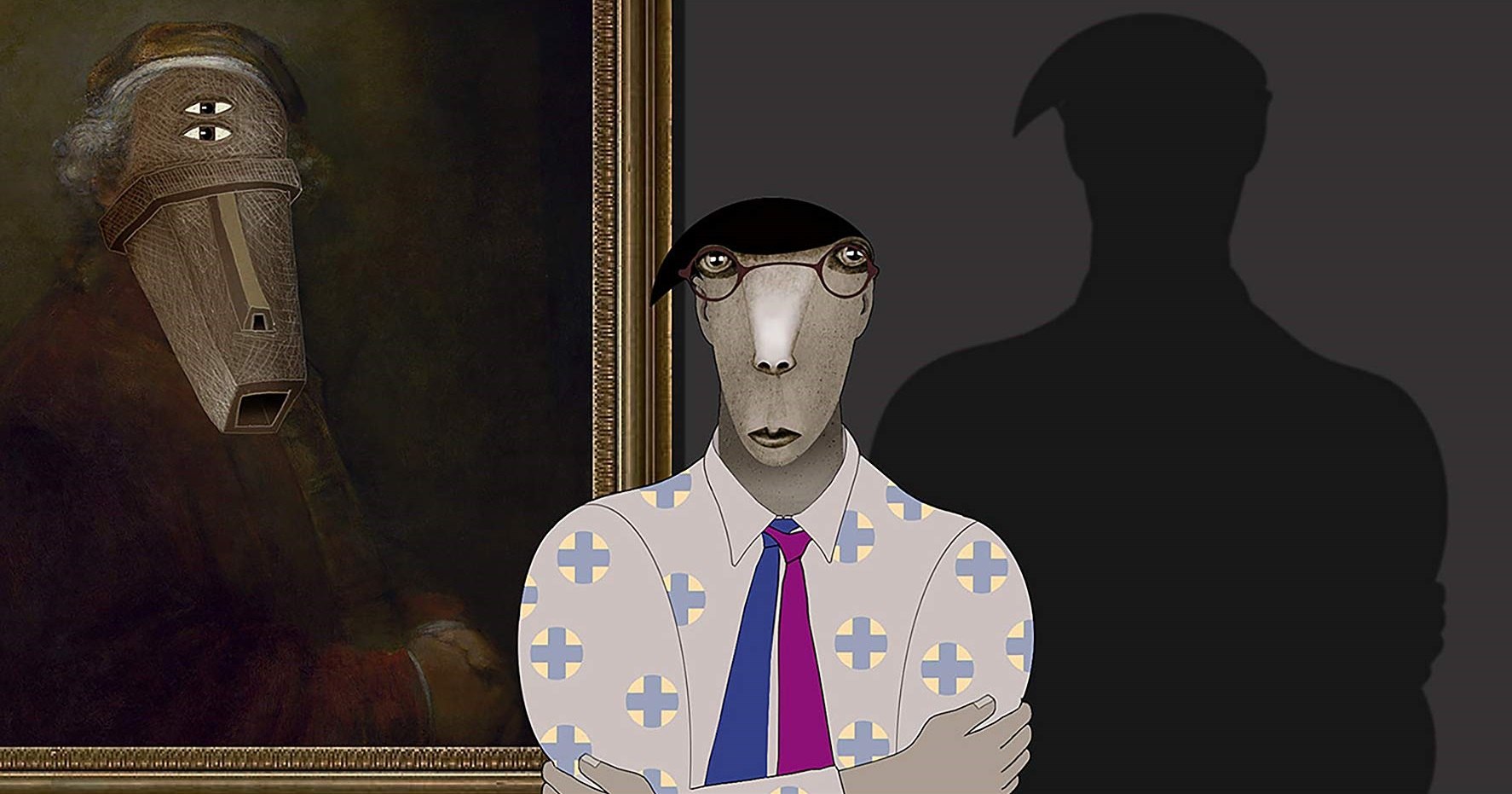
RUBEN BRANDT, COLLECTOR
Sony Pictures Classics
Reviewed for Shockya.com & BigAppleReviews.net by: Harvey Karten
Director: Milorad Krstic
Screenwriter: Milorad Krstic, Radmila Rockov
Screened at: SONY, NYC, 1/24/19
Opens: February 15, 2019
Why do some people become optometrists? Chances are they got interested in the field because of their own need for eyeglasses. What about dentists? These are people who may have had trouble losing their baby teeth: maybe they failed to get the tooth fairy to reward them since they had nothing to give her in return. And psychotherapists? That’s easy. They’re crazy. Why else would someone become interested in the field? Ruben Brandt is just one of the crazies serving to shrink heads when his own head needs to be whittled down to a more compact size. How do we know? He has nightmares, but not just any dreams about the boogie man hiding under the bed, but dreams in full, vivid color, with enough violence to satisfy Steven King, John Carpenter and Wes Craven combined. Ruben Brandt, analyzing himself, decides that to end nightmares that plague him nightly, he would have to steal thirteen works of great art. Why so? The subjects of these painting are attacking him without mercy. The best—or worst—of the nightmares occur quickly after the start of the film. The title character is riding a train when suddenly, on the outside, a bizarre passenger who at first appears to be hitching a ride without paying is instead intent on sinking her teeth into the therapist. Who could it be? No other than the not-so-innocent Infanta Margarita, blood pouring from her head, obsessed with gaining entrance into Ruben’s cabin to do nasty things.
Putting aside thoughts of suicide, Ruben gathers four of his patients, people already experienced with larceny and worse, bidding them to steal paintings not just from the Guggenheim but requiring them to travel the world snatching canvases from the Louvre, the Uffizi, the Tate, our own MoMA and others. The entire film thematically lauds Picasso, so we see characters along the way with three eyes, one with two heads like the Roman god Janus, but featuring one woman, Mimi, with a soft, sexy voice who when not driving her Mercedes is a gifted gymnast. How are the paintings stolen? In some cases the foursome simply enter a hall, cut the canvas from the frame, wrap it up, and its Rubens’. In one case Mimi shoots an arrow to pierce the apple on the head of a modern William Tell. When the arrow lands on a canvas, she uses the point to encircle the painting and wraps it up. Simple enough especially if you’re a cartoon character.
Once the police determine that the paintings could not be fenced or sold because they are too well known, they decide that the thief is a collector, one with the combined name of Rubens and Rembrandt (Ruben Brandt; get it?) Rewards are posted. When the amount goes to $100 million for the lucky guy who provides information leading to his arrest, the underworld is brought into the fray. At the same time Kowalski, a private eye, sets out on the mission, appearing ultimately in the final scene as a reflection in the window of the train that Ruben is riding.
Considering the work that went into both the hand-drawn and the computer animated, you might expect the movie to be slow-moving, allowing the artists who designed the film to have a job that would allow them to see their families at night. But no: this is as fast-paced as a James Bond picture, featuring in several scenes a Mercedes Benz going at full speed down French city streets to evade equally fast-moving cars determined to block its path. Similarly the characters talk fast, act quickly, and show purpose, though the narrative itself is difficult to follow. That’s how rapidly the story unfolds.
Co-writer and director Kristic, a 66-year-old visual artist working in Hungary, had a crew of 150 animation pros, knocking out this visual candy for just $4.25 million—with support of the Hungarian National Film Fund. Believing that story, graphics, animation, music and sound are equally important, Kristic senses when the music is not right, a shot should be longer or shorter, the camera angle should be at the right height, close-ups should be extreme. This film took him six and one-half years to complete. He asks audiences to give his work their undivided attention for just ninety-five minutes, and, I might add, given how reasonable the time demands are on the audience, this feature deserves not two but multiple viewings to assimilate the various scenes.
We’ve come a long way from Bugs Bunny, Elmer Fudd, Daffy, Mickey, Minnie, Tom, Jerry and Woody, who animated the memories of those of us who have been around for half a century.
95 minutes. © 2019 by Harvey Karten, Member, New York Film Critics Online
Story – B
Acting – N/R
Technical – A
Overall – B+





